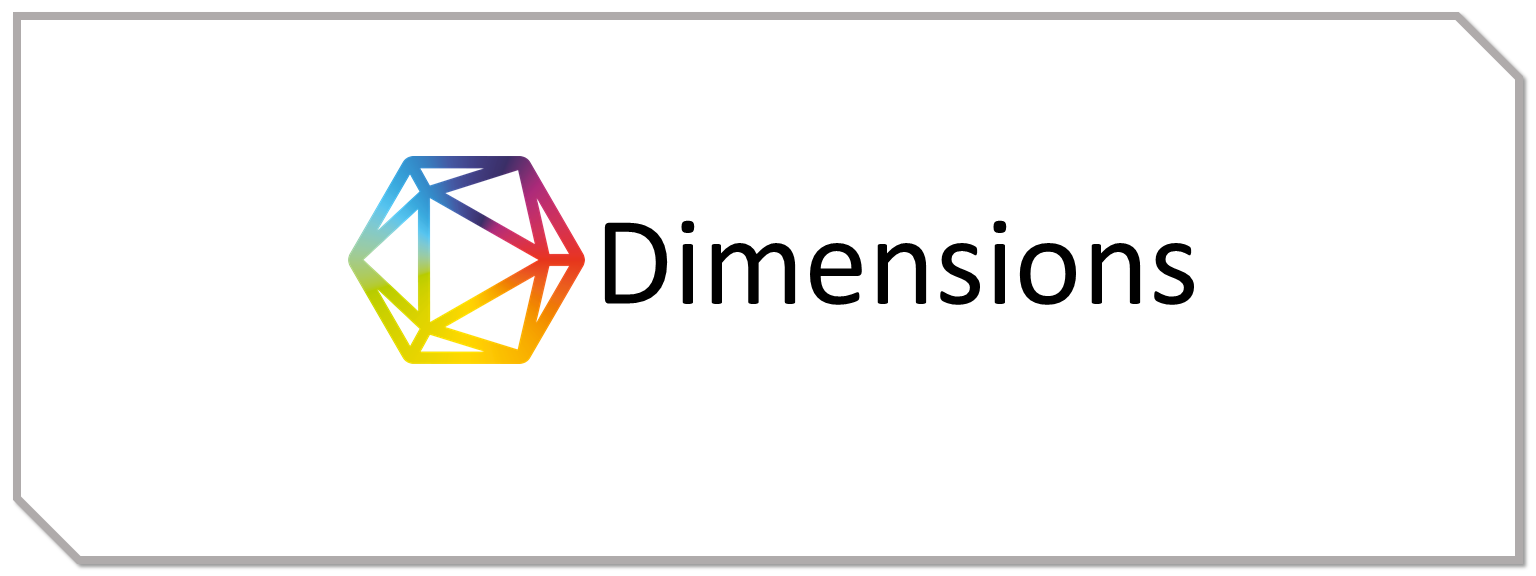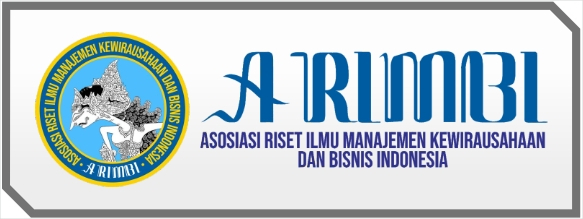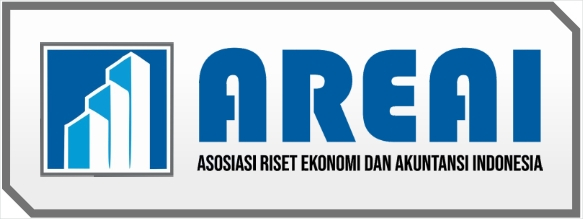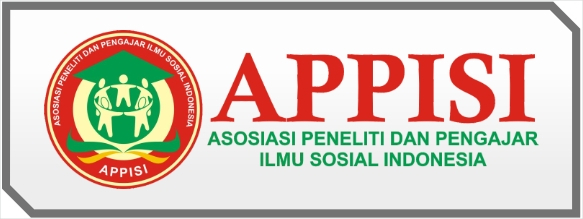Strategi Pengembangan Fasilitas Umum di Daya Tarik Wisata Solok Radjo Aia Dingin Kabupaten Solok
DOI:
https://doi.org/10.59581/jmpp-widyakarya.v2i2.3115Keywords:
Strategy, Development of Public Facilities, Tourist AttractionAbstract
The problem in this research is that there are inadequate toilets at the Solok Radjo Tourist Attraction, because there are only two public toilets at this Tourist Attraction. The prayer room is still made of wood and can only accommodate 2-5 people in worship. Insufficient number of rubbish bins at the Solok Radjo Tourist Attraction. There is no special parking area that is neat and well arranged at the Solok Radjo Tourist Attraction. This type of research is a type of descriptive research with qualitative data. This research was conducted at the Solok Radjo Aia Winter Tourist Attraction, Solok Regency, and data collection will be carried out in October-November 2022. The results of this research are 1) Internal factors that become strengths and weaknesses in the development of public facilities In the Solok Radjo Aia Winter tourist attraction, Solok Regency, the strength is that public toilets which are used by visitors for urinating, defecating and performing ablution are very available, where the Solok Radjo Aia Winter tourist attraction has 12 public toilets. Apart from that, the parking area is large so it can accommodate many vehicles, both motorbikes and cars. Meanwhile, the weakness is that the prayer room is only made of wood with a tarpaulin, mat and this is the place used by visitors for prayer. The next weakness is that the rubbish bins around the tourist attraction location are limited, namely only 5 rubbish bins. 2) External factors that become opportunities (Opportunities) and threats (Threats) regarding public facilities at the Solok Radjo Aia Winter Tourist Attraction, Solok Regency, namely the opportunity (Opportunities) is the construction of a Mushalla/Mosque with magnificent architecture which has the opportunity to develop religious tourism. Furthermore, the opportunity (Opportunities) is the cleanliness of tourist locations which can be realized through the availability of organic and non-organic rubbish bins at every point in the Solok Radjo Aia Winter tourist attraction area, Solok Regency. Meanwhile, the threat is the number of visitors who lose their items or have items scattered in the public toilets at the Solok Radjo Aia Winter tourist attraction. Furthermore, another threat is the parking lot which is sometimes frequented by many thugs.
References
Delveza, A., Yuliana, Y., & Pasaribu, P. (2016). Strategi Pengembangan Fasilitas (Amenities) Objek Wisata Panorama Tabek Patah Kabupaten Tanah Datar. Journal of Home Economics and Tourism, 12 (2).
Engriani, Yunita. (2015). Meningkatkan Kunjungan Wisata Dengan Sosialisasi Sapta Pesona Wisata Di Daerah Tujuan Wisata. Jurnal Praktik Bisnis, 4 (2):172-173
Fatimah, F. N. A. D. (2016). Teknik Analisis SWOT. Anak Hebat Indonesia.
Faradisa, I., Hasiholan, L. B., & Minarsih, M. M. (2016). Analisis pengaruh variasi produk, fasilitas, dan kualitas pelayanan terhadap minat beli ulang konsumen pada Indonesian coffeeshop Semarang (ICOS CAFE). Journal of Management, 2 (2).
Habibah, N., Yuliana, Y., & Kasmita, K. (2016). Strategi Pengembangan Prasarana dan Sarana Objek Wisata Danau Marambe Kabupaten Mandailing Natal. Journal of Home Economics and Tourism, 11 (1).
Hendlyana, Y., & Naria, E. (2012). Pengelolaan Sanitasi Toilet Umum dan Analisa Kandungan Candida albicans Pada Air Bak Toilet Umum Di Beberapa Pasar Tradisional Kota Medan Tahun 2012. Lingkungan dan Keselamatan Kerja, 2 (1), 14613.
Imam, I., Kusumastuti, A. I., & Anwar, S. (2020). Pengembangan Wilayah Wisata Banyu Panas Desa Palimanan Kabupaten Cirebon. Jurnal Konstruksi dan Infrastruktur, 7 (5).
Kartika, T., Ruskana, R., & Fauzi, M. I. (2018). Strategi Pengembangan Daya Tarik Dago Tea House Sebagai Alternatif Wisata Budaya di Jawa Barat. THE Journal: Tourism and Hospitality Essentials Journal, 8 (2), 121-138.
Kristanto, T., Muliawati, E. C., Arief, R., & Hidayat, S. (2017). Strategi peningkatan omset ukm percetakan dengan pendekatan analisis SWOT. SESINDO 9, 2017.
Primadany, S. R. (2013). Analisis strategi pengembangan pariwisata daerah (studi pada dinas kebudayaan dan pariwisata daerah kabupaten nganjuk) (Doctoral dissertation, Brawijaya University).
Peraturan Bersama Menteri Agama Dan Menteri Dalam Negeri No. 9 Tahun 2006. Tentang Pedoman Pelaksanaan Tugas Kepala Daerah/Wakil Kepala Daerah Dalam Pemeliharaan Kerukunan Umat Beragama, Pemberdayaan Forum Kerukunan Umat Beragama, Dan Pendirian Rumah Ibadat. Kementerian Agama. Jakarta.
Pemerintah Indonesia. 2016. Undang-Undang No. 14 Tahun 2016 Tentang Pedoman Destinasi Pariwisata Berkelanjutan. Pemerintah Pusat. Jakarta.
Peraturan Pemerintah No. 50 Tahun 2011. Tentang Rencana Induk Pembangunan Kepariwisataan Nasional Tahun 2010- 2025. Pemerintah Pusat. Jakarta
Peraturan Pemerintah No. 50 Tahun 2011. Tentang Pariwisata.
Poluan, F. M., Mandey, S., & Ogi, I. W. (2019). Strategi Marketing Mix Dalam Meningkatkan Volume Penjualan (Studi Pada Minuman Kesehatan Instant Alvero). Jurnal EMBA: Jurnal Riset Ekonomi, Manajemen, Bisnis Dan Akuntansi, 7 (3).
Redaputri, A. P., & Barusman, M. Y. S. (2018). Strategi Pembangunan Perekonomian Provinsi Lampung. Jurnal Manajemen Indonesia, 18 (2), 86-93.
Riantisari, R., Arifin, A., & Astiani, K. (2020). Analisis Strategi Pengembangan Bisnis “Happy Honey Bee” English Learning Centre and Course Menggunakan SWOT Analisys. Jurnal Riset Manajemen Sekolah Tinggi Ilmu Ekonomi Widya Wiwaha Program Magister Manajemen, 7 (2), 163-176.
Rangkuti, F. (2016). Analisis SWOT Teknik Membedah Kasus Bisnis , Gramedia Pustaka Utama.
Suarto, E. (2017). Pengembangan Objek Wisata Berbasis Analisis Swot. Jurnal Spasial: Penelitian, Terapan Ilmu Geografi, dan Pendidikan Geografi, 3 (1).
Sugiyono. (2019). Metode penelitian Kuantitatif,Kualitatif dan R & D. Alfabeta
Suryani, A. I. (2017). Strategi Pengembangan Pariwisata Lokal. Jurnal Spasial: Penelitian, Terapan Ilmu Geografi, dan Pendidikan Geografi, 3 (1).
Siti, M. (2016). Pengaruh Fasilitas Ibadah Terhadap Kepuasan Pengunjung Mall (Studi Kasus Di Executive Mushola Grand City Surabaya) (Doctoral dissertation, UIN Sunan Ampel Surabaya).
Undang-undang Nomor 10 Tahun 2009 Tentang Kepariwisataan.
Undang-undang Nomor 18 Tahun 2008 Tentang Pengelolaan Sampah.
Undang-Undang RI No. 22 Tahun 2009 tentang Lalu Lintas dan Angkutan Jalan.
Widyanti, N. L. S., Anggreni, M. A., Sumardiana, I. N. J., Yasti, H., & Kurniansah, R. (2020). Manajemen Pengelolaan Toilet Umum Di Daya Tarik Wisata Kuta Lombok Tengah. Jurnal Inovasi Penelitian, 1 (1), 1-6.
Downloads
Published
How to Cite
Issue
Section
License
Copyright (c) 2024 Jurnal Manajemen Pariwisata dan Perhotelan

This work is licensed under a Creative Commons Attribution-ShareAlike 4.0 International License.


















